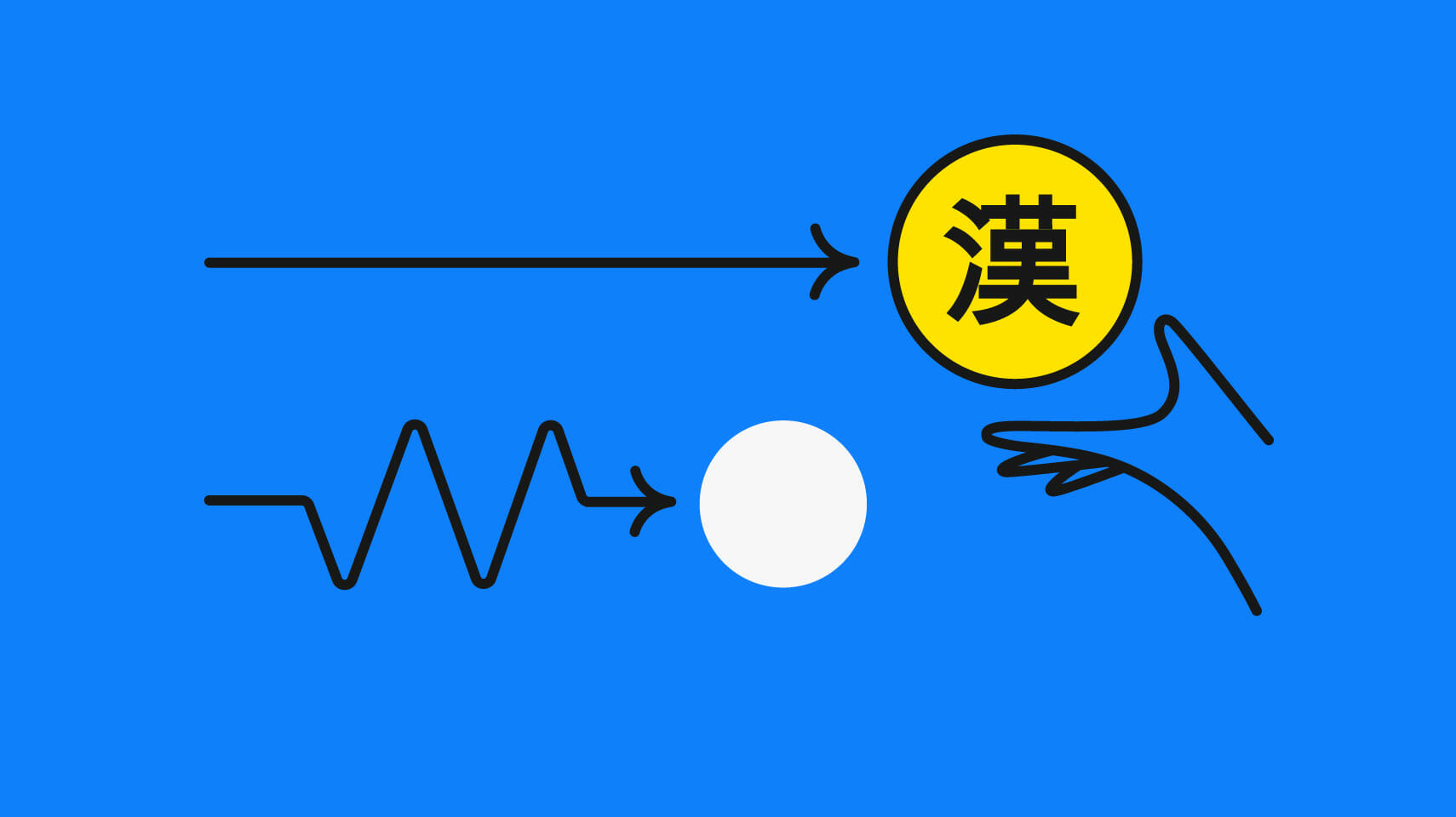Localization strategy
A Day in the Life of a Product Manager

Product management is a fast-growing profession all around the world. Once, product managers might have been the unsung heroes of tech. Now, they are a valuable part of the company, especially for organizations in the tech scene. A product manager needs to possess a special set of technical and soft skills to carry out their responsibilities effectively. If you’re interested in going down this path, we’ll show you what the job entails by exploring a product manager’s typical workday. Try to understand what a product manager does every day so you can take on the role with conviction.
What Exactly Does a Product Manager Do?
Product management may seem overwhelming for the inexperienced. Product managers have to wear multiple hats and carry out tasks that no one else wants to. Yet, everything that managers do, they do to ensure the success of the product.
Planning and Strategizing
Product managers are responsible for creating a product vision and developing a strategy to realize that vision. It’s their job to gather and prioritize the requirements of the market and the customer. Furthermore, it’s their responsibility to develop a roadmap that will help the team achieve both short-term and long-term goals. Creating the product requirements document (PRD) is one of the critical duties of a product manager because all of the teams use it as a reference.
Ideation
Product managers have to take in all of the team’s ideas and opinions when developing a product. Often, it can get quite overwhelming as managers have to sort through the noise and decide which ones are ideal for moving the product strategy forward. Of course, you should choose the ideas that will help you attain the core goals for the product line, as well as the business.
Execution and Testing
It’s the job of the product manager to understand what the customer needs and realize that with the given resources. Product managers need to dedicate time to get to know their consumers and collect feedback. Understanding what their needs and interests are will help managers create a more impactful and profitable product.
What Are the Daily Challenges of a Product Manager?
Nearly every single day in the life of a product manager is different. Each day comes with a new set of challenges and obstacles. Let’s look at some of the issues that product managers have to handle.
Resolving Conflicts
Like in any other team setting, most of the conflicts you have to address involve differences in expectations, perceptions, attitudes, and values. It’s your job as a product manager to resolve disputes. These mini squabbles might hamper productivity and derail everyone from achieving their goals. Your ability to settle these issues can result in a more productive organization. To meet the needs of your clients, you must make sure everyone is collaborating toward the same goal.
Keeping Motivation Levels High
Product managers need to engage with every single person to keep them motivated to turn the vision into reality. One of the best ways to keep motivation levels high is by communicating a clear vision. If they know where the product is headed, they’ll be more motivated to work hard to get there. Leading by example also works. So, show your team that you’re passionate and focused on your product.
Having Too Many Tasks
At times, product managers have to juggle a myriad of tasks on a single day. Often, you won’t be able to handle everything on your own. That’s why product managers need to learn how to delegate tasks. Entrusting responsibilities to other capable team members will ease your burden and enable you to focus on other value-added tasks.
How Do Product Managers Prepare Their Product for the Global Market?
To succeed in the global business landscape, every product manager needs to understand what product localization is and how to make it work for their business.
Global Product Management
Product managers have to be knowledgeable about the worldwide market. You must analyze potential markets and select the ideal ones where the product can thrive. Not only that, you should fully understand the competition, existing trends, and upcoming ones.
Internationalization
Before any product can be tailored to local geographies, product managers must first facilitate internationalization – a process that prepares your product for localization. During this process, product managers must coordinate a whole developer team to enable support for local, regional, and linguistic preferences. Numeral systems and data and time formats are only a few examples. These design and development practices make it easier to adapt the product to any other locale at a later stage.
Localization
Product localization becomes easier once you’ve implemented internationalization. Localization pertains to the actual process of tailoring internationalized software for a local market. It involves adhering to linguistic or cultural requirements of the target market. For this to be successful, product managers must spend time to understand the local users, payment mechanisms, laws, and policies. That’s why large organizations often hire country product managers to assist product development for the specific regions.
Takeaway
Product management is a challenging yet rewarding career path. If you have a strong technical understanding and soft skills to lead a team of professionals, you can bring a variety of products to fruition. Even something as detail-oriented as software localization or translation.
Luckily, there are localization management tools that make organizing and coordinating tasks for going global much simpler. Phrase can help localization, product, and engineering managers to accelerate and elevate localization projects with confidence. Combined with the skills of a successful product manager, tools like Phrase ensure that workflows are smooth and leading to outstanding results.





